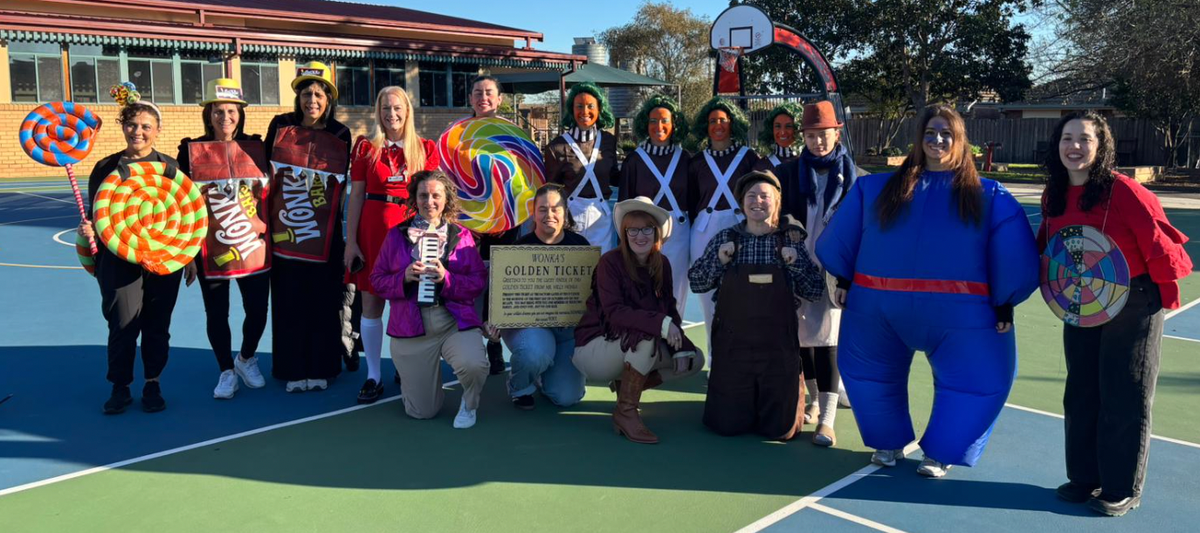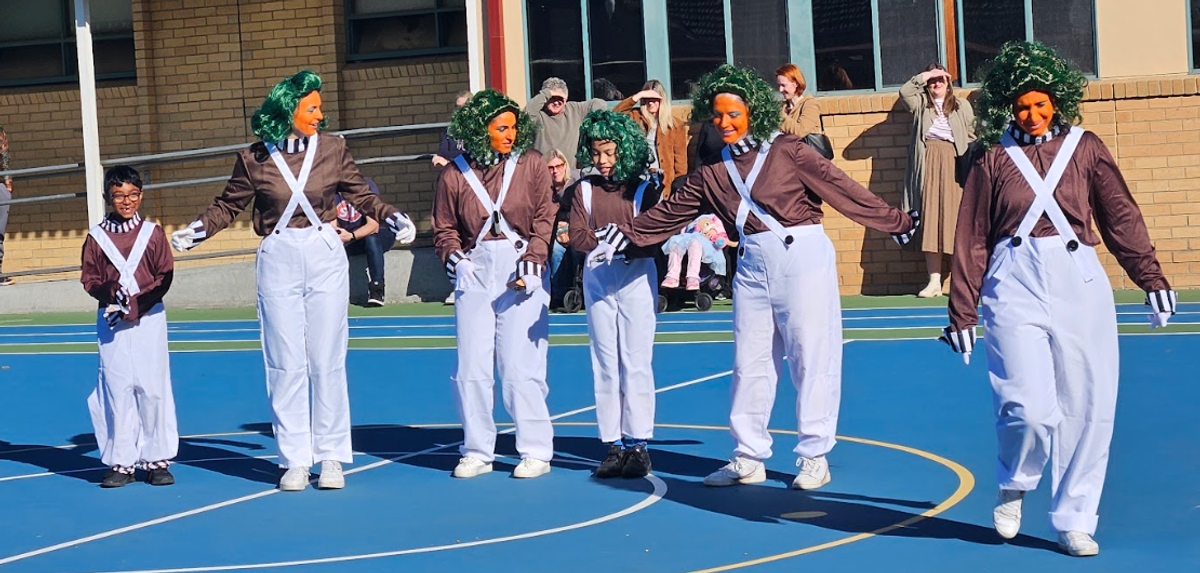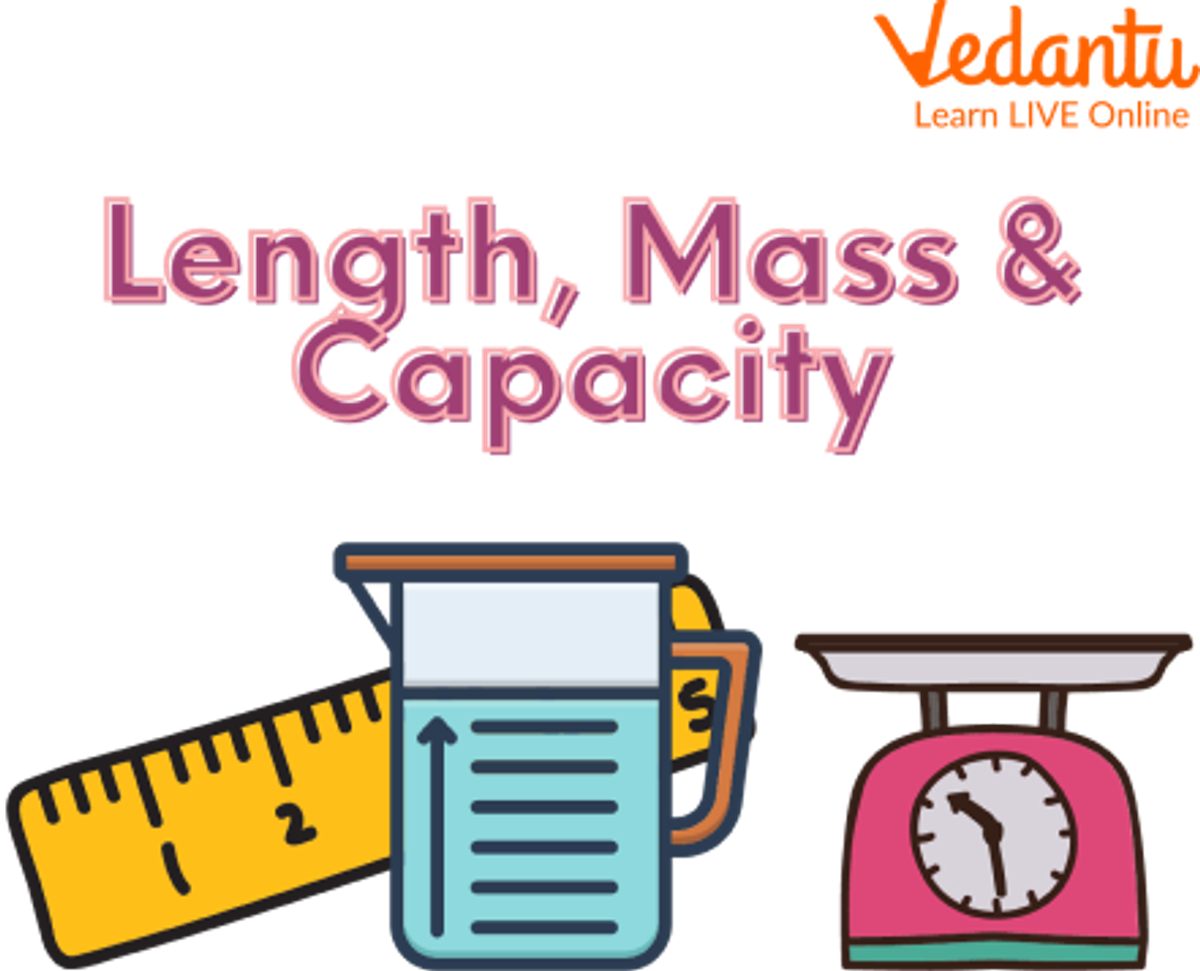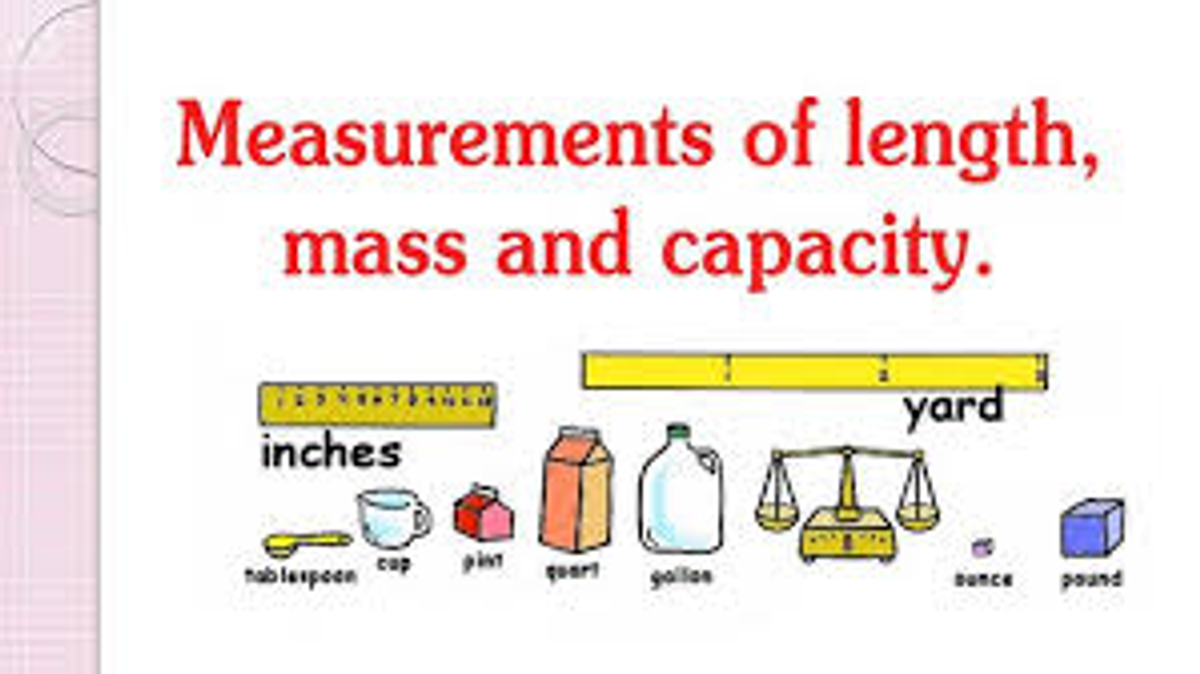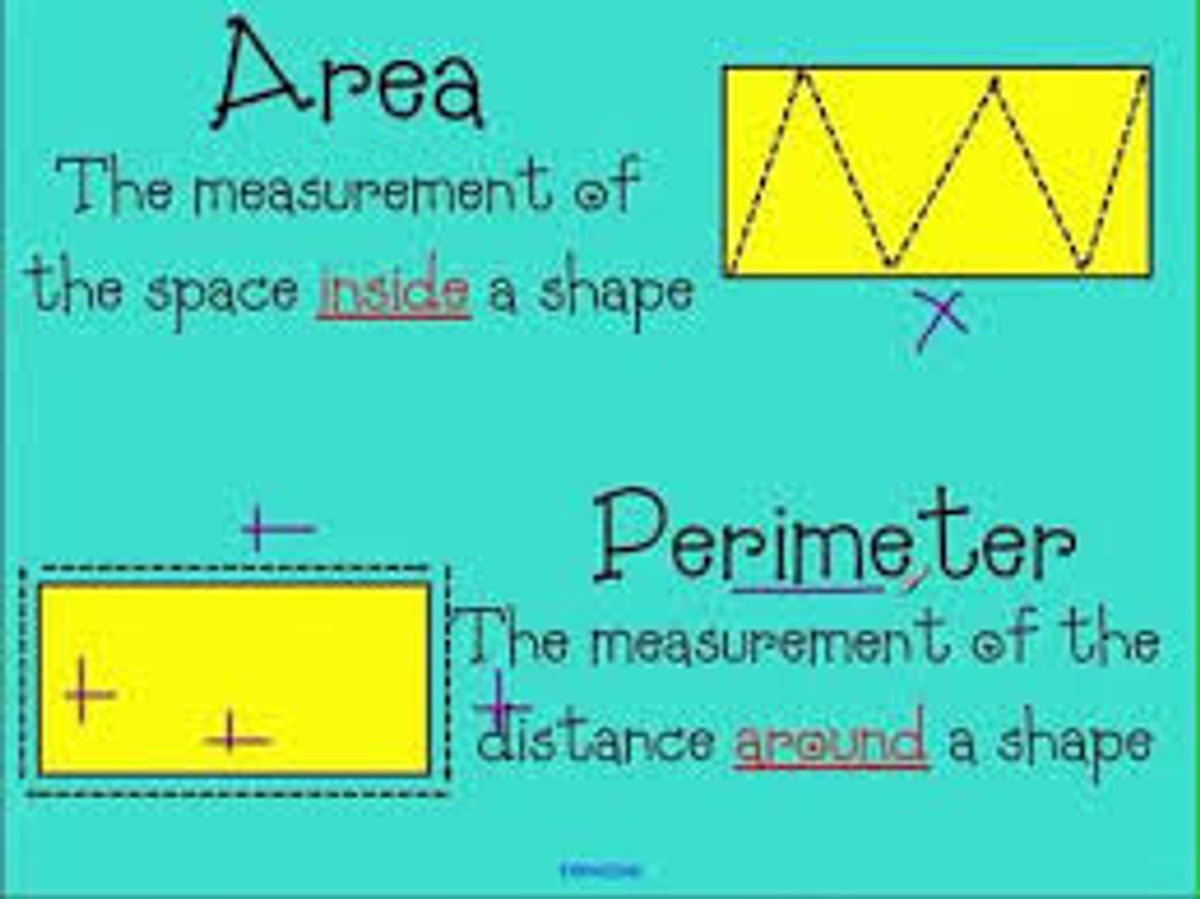Learning & Teaching
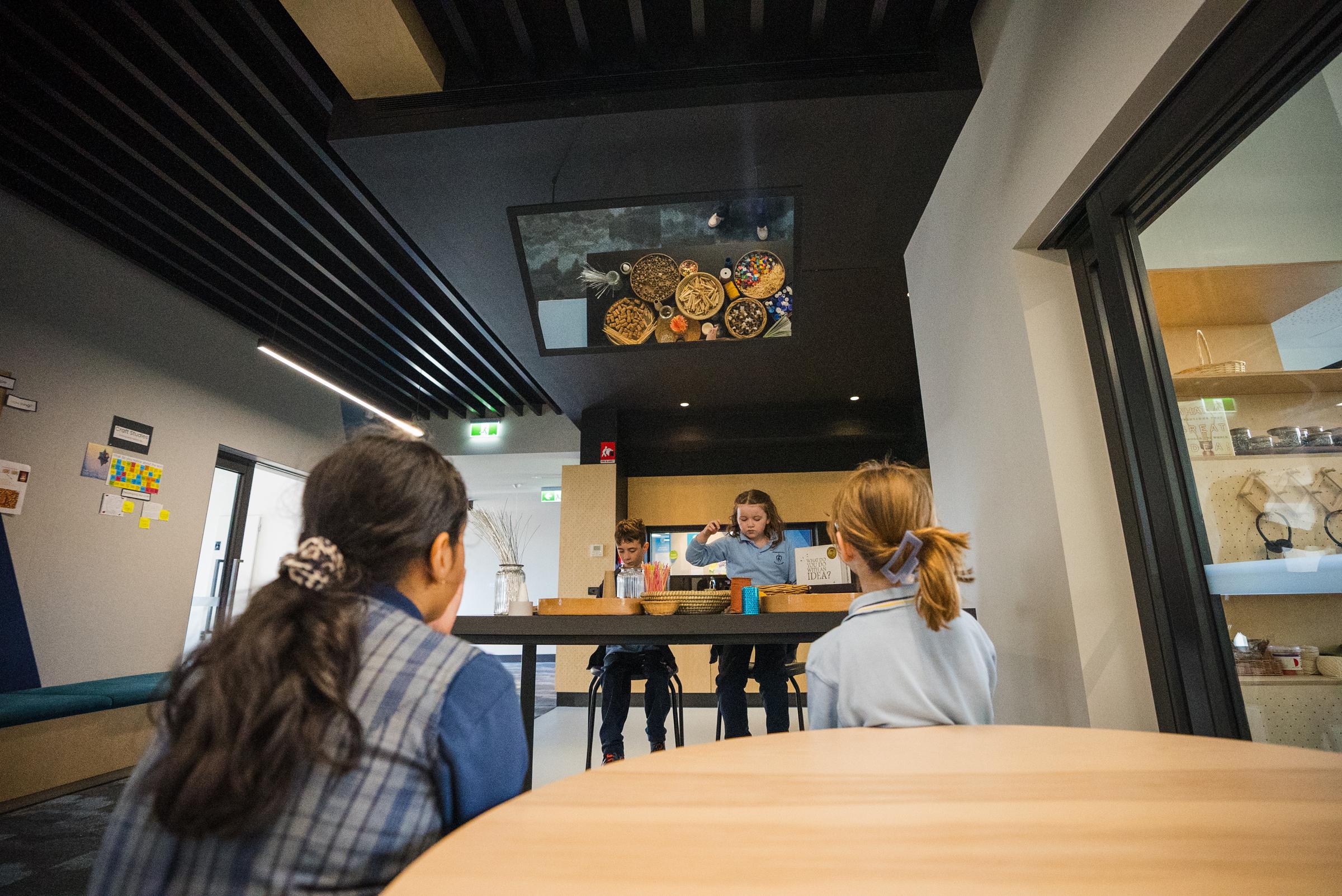
Book Week
What a fantastic Book Week we've had! The costumes were incredible, the excitement was contagious, and it was so wonderful to see our students celebrating their favourite stories and characters.
Book Fair Success
A huge thank you to everyone who supported our recent Book Fair. With your help, we raised an amazing amount of money that will directly benefit our children’s literacy development. The funds will be used to purchase new resources to support literacy in our hubs, ensuring our children have access to a wider variety of engaging books and learning tools.
Our children were so excited to share their stories with their parents and families at our recent authors launch. It is so great to see such an amazing range of stories from our next generation of writers!
To wrap up the term, our children will be exploring non-fiction texts. They will be exploring different features like headings, diagrams, and indexes to learn how to find information. Using this newfound knowledge, they will create their own pieces of non-fiction writing, explaining how and why things work.
How you can support at home:
P-2
- Continue to build your child's reading stamina by reading to and with your child
- Practice the focus sounds taught for your child’s year level
- Practice the tricky words
- Practice smooth blending words to build word recognition
- Reread books or short sentences to build fluency.
3-6
- Visit the Reservoir library and borrow books that bring you joy.
- Read your library book for 15 mins or more to build your reading stamina
- Create to do lists for your family or yourself
- Write diary entries about your day - how were you feeling, what did you do and see.
What’s happening in Maths …
Sharing and Grouping
The Prep children are exploring the concept of Sharing and Grouping in Mathematics. This involves representing practical situations where they share a collection of objects equally and use counting strategies to ensure fairness.
At Home:
You can support your child at home by engaging them in everyday sharing activities such as;
Sharing Snacks
- Use snacks like grapes, crackers, or biscuits.
- Ask your child to share the snacks equally among family members.
- Example: “Can you share these 10 crackers so everyone gets the same amount?”
Toy Sorting
- Gather a small collection of toys (e.g., cars, dolls, blocks).
- Ask your child to group them equally into containers or by category.
- Example: “Can you put 12 blocks into 3 groups?”
Teddy Bear Picnic
- Set up a pretend picnic with stuffed toys.
- Have your child share out pretend food equally among the “guests.”
- Example: “There are 6 sandwiches. How many will each teddy get if there are 3 teddies?”
Sock Sorting
- Use a pile of socks and ask your child to group them in pairs.
- Count how many pairs they can make.
Dice Roll Sharing
- Roll two dice to get a total number.
- Ask your child to share that number equally among a set number of “groups” (e.g., 2 plates, 3 boxes).
- Example: Roll a 4 and a 3 → 7 total. “Can you share 7 buttons between 2 plates?”
Sharing with Cups
- Use cups and small objects like marbles or coins.
- Ask your child to share the objects equally among the cups.
- Example: “How can we share 8 coins equally into 4 cups?”
Measurement
The 1-2 children are currently learning about Measurement. Throughout this unit, they're immersing themselves in various aspects of measurement, including length, mass, and capacity.
Through engaging activities, our children are mastering measurement concepts by comparing, describing, and actively measuring. They're honing their skills in determining which objects are longer, shorter, heavier, lighter, or have greater or lesser capacity.
Using everyday tools such as their hands, rulers, measuring tapes, and scales, the children are gaining practical experience in measurement. From using ice pole sticks to informally measure the length of an object to using balance scales to formally measure the mass of an object, our children are exploring measurement in fun and interactive ways.
To extend this learning experience beyond the classroom, we encourage you to embark on a 'House Hunt' adventure with your child. Together, you can discover:
- The longest or shortest item in your home
- The heaviest or lightest fruit or vegetable in your kitchen
- The cup or container that holds the most or least water
Additionally, you can encourage your child to find household items they can measure using their hands, string, measuring tape, cups, and more.
As your child observes objects around them, whether long or short, heavy or light, or with varying capacities, prompt them to compare these objects with others. This hands-on exploration not only reinforces their understanding but also fosters a deeper appreciation for the world of measurement.
Measurement
The children in Year 3-6 are learning about Measurement. They are exploring many different areas of measurement such as length, area, perimeter, mass and capacity.
The children are learning measurement through comparing, describing and measuring.
They are exploring ways to measure and approximate the perimeter and area of shapes and enclosed spaces using both formal and informal units. Children are practicing how to select the most suitable metric units to measure length, mass, and capacity. They are also learning to use smaller or combined units for more accurate measurements. Children are developing their ability to convert between common metric units of length, mass, and capacity.
Support at home:
You can help reinforce these concepts by encouraging your child to engage in everyday measurement activities, such as:
- Measuring ingredients while cooking.
- Comparing the lengths of objects at home.
- Discussing the different units used for measuring items like water (litres) or weight (kilograms).
